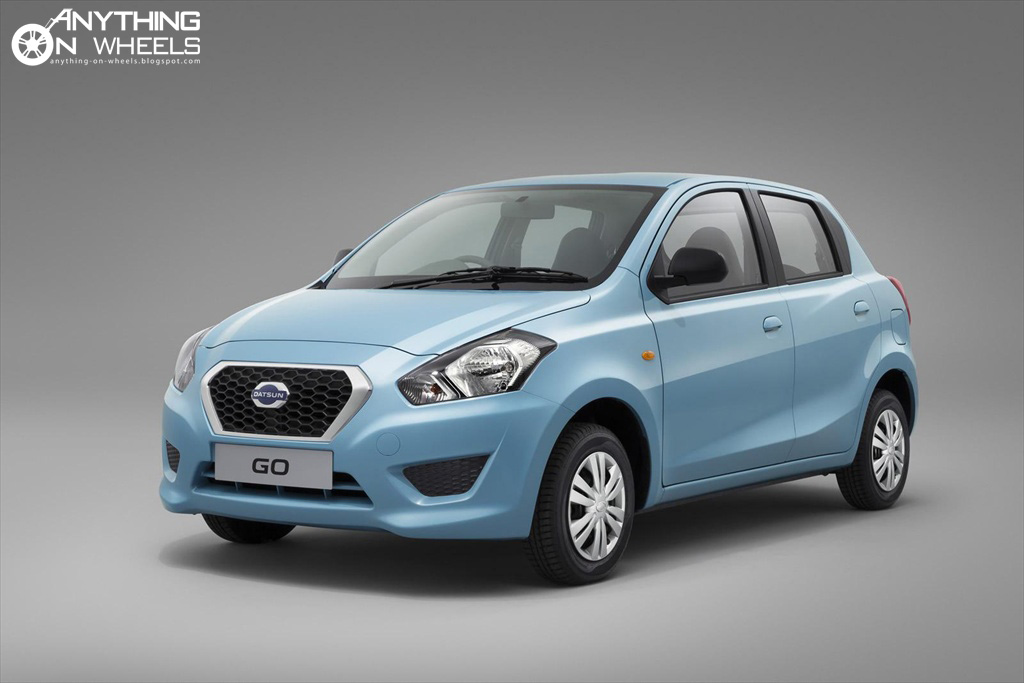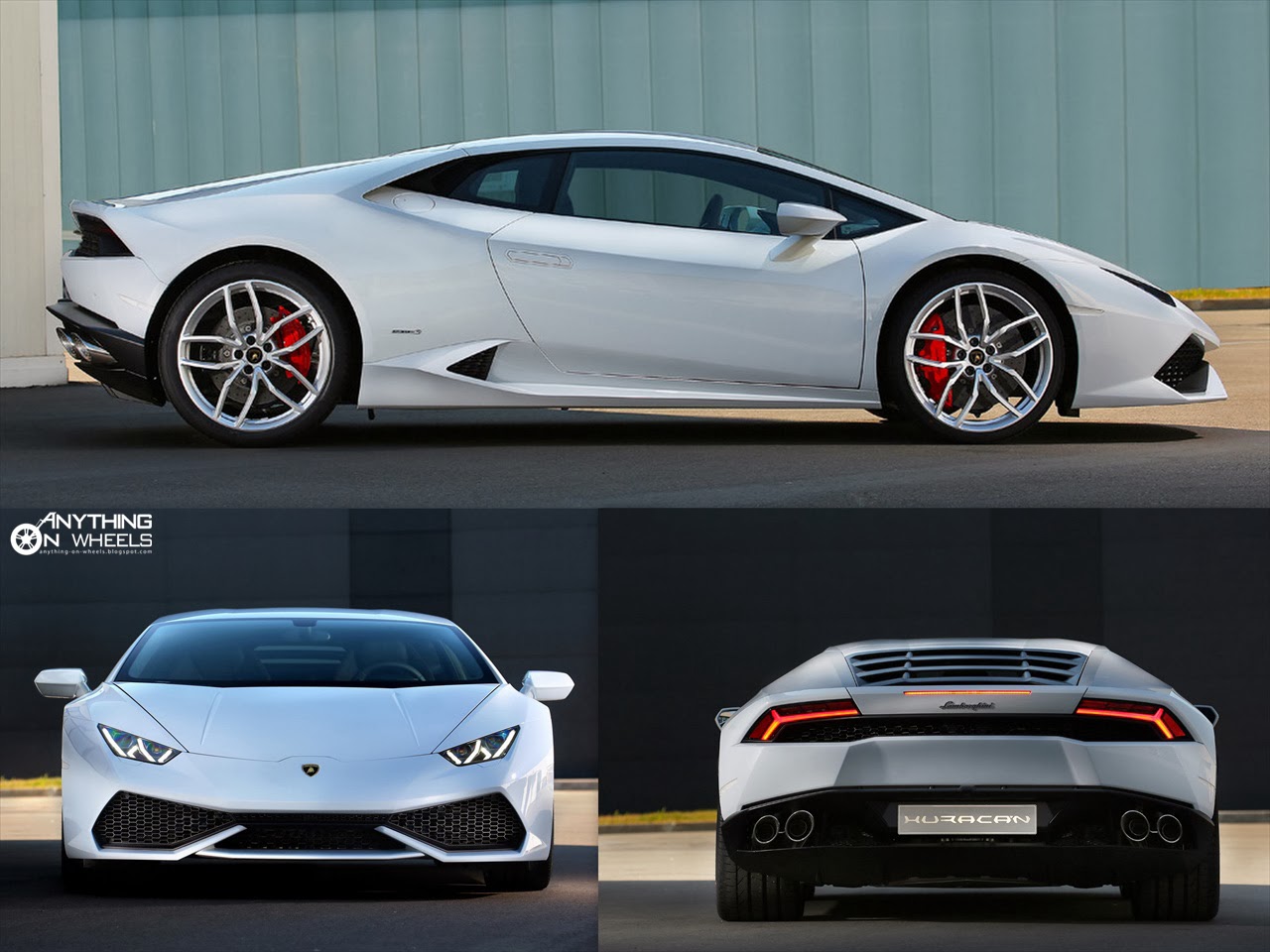With the ever-rising demand for Utility Vehicles in India showing no signs of slowing down, automotive manufacturers are grappling with each other to gain a foothold in this burgeoning segment. But, one crossover that’s creating a big impact in many mature global markets, including the USA, Canada, Europe and China, is conspicuous by its absence here. Let’s not keep you guessing, we are talking about the Ford Escape.
Of late, the Focus might have rose to fame as the largest-selling nameplate in the world, but the Escape has been silently going about its business, raking in the volumes and the money for Ford Motor Company. Born out of the need for a smaller Utility Vehicle to slot in below the Explorer and Expedition, the Escape has been a strong seller ever since its debut in 2000. Currently in its third generation, the Escape is scaling new heights of popularity. What made it click globally? And why isn't Ford considering launching it here in India, given our market’s craze for SUVs?

We spent some quality time behind the wheel of the base 'S' variant of the 2013 Escape on the big, wide roads of Dubai to find out.
TO LOOK AT:
To understand the shift in consumer preferences and the subsequent changes in automotive designs, look no further than the Ford Escape. Over the course of three generations, the Escape has evolved from being rugged and boxy to being sleek and curvy. Following the brand's famous 'Kinetic' design philosophy, the Escape is instantly recognizable as a Ford, thanks to the styling cues picked up from the Focus.


Up front, the curvy wraparound headlights and a thin radiator grille are complemented nicely by the three-part air intake in the bumper. The sharp cuts at the edges of the bumper and the lines running across the hood add a muscular touch to Ford's now-second-smallest crossover. Beefy wheel arches and a strong character line that slits through the doors work in tandem with the angled D-Pillar to create some excitement in profile. The rear looks rather tame and lacks aggression, save for the stretched taillights that extend deep into the profile on either sides. This is where the macho appeal of a tailgate-mounted spare wheel, like the one in the Ecosport, is missed.

Let's not forget that the Escape we drove was the base variant in the lineup with full plastic wheel covers and black door handles and rear-view mirrors. The top-of-the-line Titanium variant, that adds fog lamps, roof rails, gloss black and chrome embellishments, twin chrome-tipped exhaust pipes and a set of sexy 18-inch alloy wheels amongst others, is way more appealing and the variant to go for if 'looks' are on top your priority list.
Having said that, the new Escape has split opinions globally. While some seem to prefer the boxy shape of the previous generation models, some others couldn't wait more for the curvaceous lines to take over. This might seem a bit unfair, but the clean yet rugged and purposeful looks of the first-generation Escape still excite us more than the current model.
TO SIT IN:

It's alright if you hadn't got a chance to step into the new Escape before. If you had sat in the new Fiesta or Ecosport, the interiors of the Escape is not much different. A meaty steering wheel with perfectly-shaped contours for the thumb greets the driver while the overdose of buttons in and around it takes some time getting used to. The twin-pod instrument cluster with the MID screen in between look snazzy. The vertical air-conditioner vents on either sides of the center console that has buttons stacked in what is called a smartphone layout is something that we have seen in other Ford models before. It's a pity that smartphones have moved from this layout quite some time back. The air-conditioner controls lie recessed in a panel at the bottom of the console.


While the layout of the interiors might be similar to the Fords on sale in India, the quality of materials used and the fit and finish are noticeably better in the Escape. We would have liked better consistency though. For instance, some buttons in the door pads felt better put together than some in the center stack. With competitors like the Honda CR-V offering much better interior appointments, the Escape needs some sprucing up to match, if not beat, them. This is something that Ford needs to look into when the time comes for a facelift.

The nicely-padded seats up front ensure that the driver and the front passenger settle down comfortably in fairly quick time. Even if the front seats are pushed all the way back to accommodate a 6-footer, the rear seat still doesn't fall short on space, which is impressive. Just ask those who traveled in the rear seat of an Ecosport and you will know why we said that. Seating three abreast isn't a problem, but the transmission tunnel and the pillar housing the rear air vents does eat up significant passenger space.

Despite being the base variant, the S trim that we drove came with the full kit of safety features such as disc brakes with Antilock Braking System (ABS), Torque Vectoring Control, AdvanceTrac with Roll Stability Control and Curve Control, 7 airbags including one for the driver's knee, Deflation Detection System (DDS) and a SOS Post-Crash Alert System. Microsoft's SYNC entertainment system also made its presence felt. It did miss out on a few features like the Perimeter Alarm, leather upholstery, power-adjustable driver's seat with memory function, a 8-inch LCD touchscreen in center stack and automatic headlamps. The much-touted Hands-free Liftgate that enables opening of the rear hatch with a swing of the foot below the rear bumper is also reserved exclusively for the Titanium variant.
ON THE ROAD:
Internationally, the new Escape comes with three engine options. While the base engine is a 2.5-liter 'DuraTEC' petrol engine that powered this Escape, two 'EcoBoost' engines with displacements of 1.6-liters and 2.0-liters are also available. If all the hype generated by the 1.0-liter EcoBoost engine in the Ecosport is any indication, the excitement at Blue Oval surrounding these two EcoBoost engines is quite understandable.

Coming back to the one under the hood of this car, the 2.5-liter, naturally-aspirated unit settles down to a nice thrum upon ignition. The refinement levels, though good, isn't the best in segment which is clearly evident as you floor the throttle. Mated to a 6-speed SelectShift automatic transmission, the Escape belts out 168 horsepower at 6000 rpm and 230 Nm of torque at 4500 rpm. With a light foot, the engine revs cleanly all the way up the power band. But, when you floor the pedal, there is that wee bit of hesitation before the momentum is transferred to the front wheels and the Escape picks up steam. This is where we miss all the fun that the EcoBoost units deliver.


Surprisingly, for a crossover marketed in the middle east, the Escape doesn't offer 4WD even as an option in any of its trim levels. And that meant we had to resist the urge of venturing off-road which proved to be particularly difficult in the UAE, where acres and acres of sand right next to the roads were tempting us to turn in their direction. To make things worse, our back-up car was a first-generation Ford Escape with 4WD and we had to take it for a spin in the sand to satisfy ourselves. The situation in India might be conducive enough for such trim levels though, where the high stance of crossovers and SUVs are mostly used to just make way in cut-throat city traffic rather than sliding through sand and slush.

The best part of driving a Ford is its on-road behavior that invariably brings a smile onto our faces. Despite being a high-riding crossover, the Escape didn't disappoint on this aspect, as it displayed its full credentials on road. It handles almost like a sedan with well-controlled body roll and a steering that offers good amount of feedback. But, do note that we said 'almost'. Inspite of being a Ford, the laws of physics apply to the Escape too and its high center of gravity means that sudden lane changes and sharp manuoerves aren't welcomed with glee. The roads in Dubai didn't allow us to judge the ride quality, but just like all other Ford models that we have driven, we expect the Escape to possess a comfortable, albeit a bit softer, ride quality.
SPECIFICATIONS:
| Engine Type: DuraTEC, I4 |
| No of Cylinders: 4 |
| Displacement: 2.5 l |
| Maximum Power: 168 hp @ 6000 rpm |
| Maximum Torque: 230 Nm @ 4500 rpm |
| Transmission Type: 6-speed SelectShift Automatic |
| Tires: 235/55 R17 |
| Brakes: Disc (Front & Rear) |
WE VOTE FOR:
* Extensive feature list
* Good on-road characteristics
* Spacious interiors
WE VOTE AGAINST:
* Lack of 4WD option
* Not-so-powerful engine
* Pricier compared to its rivals
VERDICT:

After spending almost half a day with the new Escape, it isn't hard to find why it appeals to a global audience. With stylish looks, an expansive feature list that prioritizes safety, spacious interiors and confidence-inspiring road handling, the Escape does what most buyers expect from their crossovers and does it well too. The host of powertrain options including two award-winning EcoBoost engines and 4WD system that's on offer in many other markets means that decent off-roading prowess is at our disposal too. That the Escape climbed up the sales ladder in China and USA in 2013 and continues to sell well, badged as Kuga, in Europe isn't surprising at all.
The Escape currently retails between 89,000 AED and 135,000 AED in the UAE. Roughly translated, we are looking at a price tag between INR 19 Lakhs and INR 28 Lakhs for the Escape in India, which would put it right in the clutches of Toyota Fortuner, Mitsubishi Pajero Sport, Honda CR-V, Hyundai Santa Fe and Ford's own Endeavour. A few of those are actually trucks while a couple of them are crossovers just like the Escape itself. But, Ford might not be willing to sacrifice the tough image that the Endeavour has built up over the years. That probably explains why we might never get to see the Escape here, which is unfortunate.





























